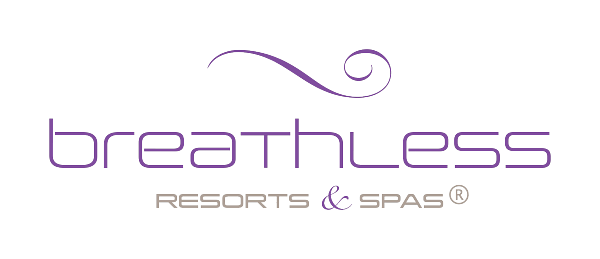Title Page
-
Site conducted
-
Conducted on
-
Prepared by
-
Location
Untitled Page
-
Maintaining safe walking and working surfaces is critical in any workplace. This checklist, which should be completed on at least a monthly basis, can help identify potential walking and working surface safety hazards. All “NO” answers should be addressed through corrective actions
GENERAL CONDITIONS
-
Are all worksites clean and orderly?
-
Are machines and work areas swept clean at the end of each shift or workday and are debris, scrap, and other waste picked up and removed from the work area?
-
Are work areas adequately illuminated?
WALKWAYS
-
Are aisles and passageways kept clear and passable?
-
Are aisles and walkways marked as required?
-
Are working surfaces kept dry and free of wet or otherwise slippery conditions?
-
Are wet or slippery surfaces, inherent to the production operation, covered with non-slip material or otherwise made safe?
-
Tiles flat/ in good condition no buckling
-
Floor drying devices at entryways /exits
-
Wet floor signs available where needed
MATS
-
Mats in good condition/ not damaged or excessivly worn
-
Edges not beveled, buckeled or curled
-
Mats changed frequently enough to kept floor clean and dry
-
Are there enough mats to keep floor free of debris and wetness
-
FLOOR GRATES
-
In good condition
-
Completly cover floor opening
-
Brighly colored / easy to see
-
Free of debris / not causing water pooling
-
Sturdy and strong enough to handle heavy equipment
FLOOR AND WALL OPENINGS
-
Does a cover, guardrail, or equivalent provide protection on all sides of floor openings?
-
Are toe boards installed around the edges of permanent floor openings?
-
Are grates or similar type covers over floor openings designed so foot traffic or rolling equipment will not be affected by the spacing or construction of the grate?
-
Are unused portions of service pits and pits not actually in use either covered or protected by guardrails or equivalent?
-
Open docks over 4 ft are protected
STAIRS AND STAIRWAYS
-
Are standard stair rails or handrails on all stairways having four or more risers (steps)?
-
Are all stairways at least 22 inches wide?
-
Is there a vertical clearance of at least 7 feet from the leading edge of any stair tread to any overhead obstruction, which also includes the ceiling?
-
Are all step risers on stairs uniform in height from top to bottom?
-
No debris or equipment on steps or platforms
-
Steps have abrasive or non slip surface
CHAIRS AND STOOLS
-
Chairs have slip resistant footing
-
Footing in good condition/ sturdy
-
In good condition
-
On level flooring
-
On elevated platorms, fall protection adequate for chair/stool height
STEP LADDERS AND LADDERS
-
Appropriate types of ladder used
-
Ladder set up correctly / on even surface
-
Ladder inspected prior to use
-
Ladder inspected on a regular basis - documented
-
Ladders in good condition
-
Ladders have fall protection if over 4 ft and no 3 pts of contact
-
Employee using ladder properly - no leaning/ 3 pt of contact
-
Employees using ladders are trained -documented
ELEVATED SURFACES
-
Are surfaces elevated more than 4 feet above the floor or ground protected with standard guardrails (a railing 42 inches from the floor with a mid-rail at 21 inches)?
-
Are all elevated surfaces provided with a standard 4-inch toe board?
-
No use of ladders on elevated surfaces without fall protection
-
Edges of elevated surfaces and steps brightly colored
-
Surface Elevated platforms/ surfaces have established weight ratings / weighted not exceeded
FALL PROTECTION
-
Equipment inspected prior to each use
-
Equipment inspected monthly - documented
-
Equipment in good condition
-
Disposal fall protection replaced after 5 years or after fall incident
-
OUTDOOR
-
Sidewalks clear of debris or ice
-
Sidewalk has no standing water/ no sunken areas or ponding
-
Sidewalk in good condition/ no cracks more than 1/8 inch
-
Curbs clearing marked
-
Parking lot free of potholes
-
Adequate lighting in parking lot and entryway
-
Are there speed bumps
-
Are there tire stops and are they in good condition
-
Stationary ice control kits availabe












